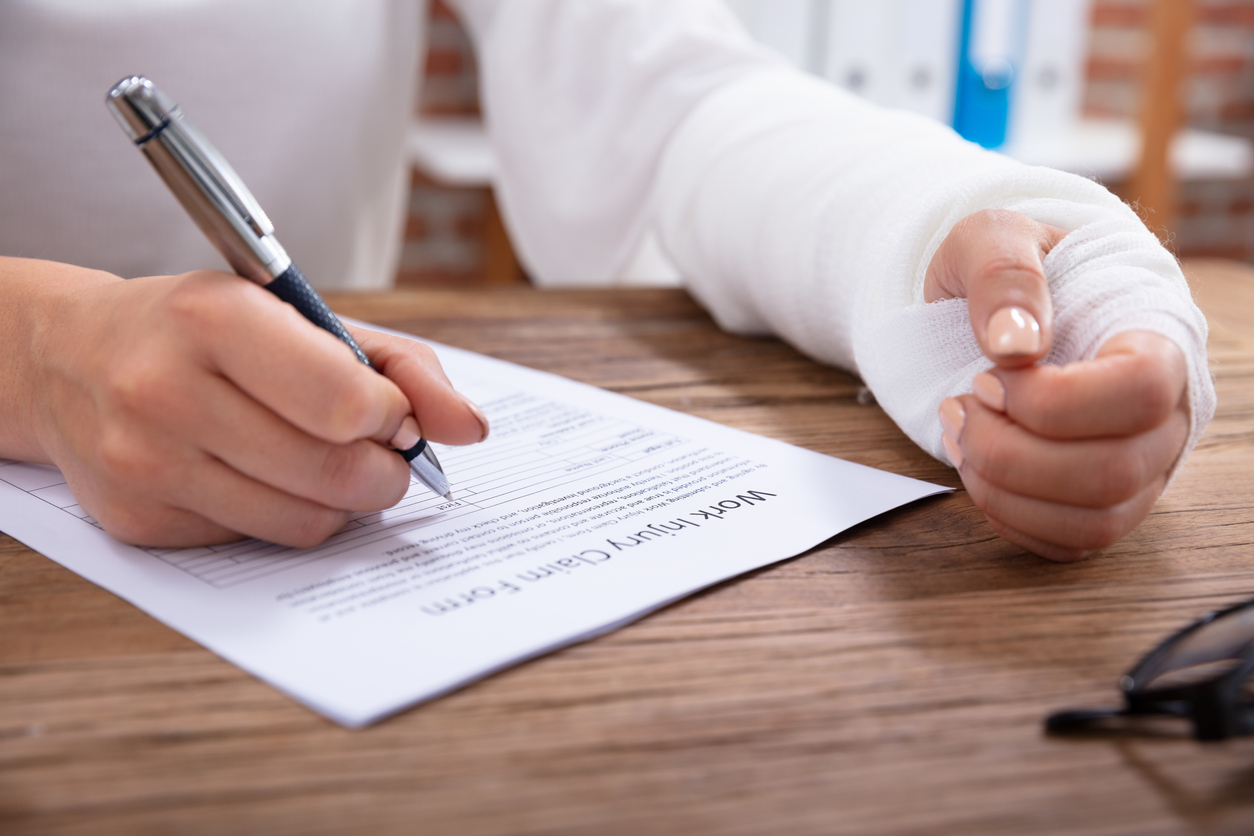TWO OFFICES IN NEW YORK CITY • Hablamos Español

New York’s personal injury law firm
Click For Your Free ConsulationNYC Personal Injury Lawyer » New York Personal Injury Blog » Step-by-Step Guide for Filing a Personal Injury Claim in Brooklyn
Posted in Personal Injury on November 27, 2023

Brooklyn personal injury law is New York state tort law – with very few local peculiarities. The names and addresses of the courts are different, of course. Certain courts may have particular local rules to follow. But other than that, personal injury law is the same throughout the state.
Nevertheless, not every case is the same, and the procedure for filing a personal injury claim varies based on different factors. Below is a rundown of how a “typical” New York personal injury claim might proceed.
“Filing” your claim means submitting your claim to an insurance company or initiating a civil lawsuit. Most people try an insurance claim before bothering to file a lawsuit.
In any case, in many cases, the best time to file a lawsuit is when you reach maximum medical improvement (MMI).
MMI is the point, as certified by your doctor, when your medical condition has stabilized, and your doctor expects no further improvement. In most cases, this means a full recovery. In some cases, it means lifelong disability.
Typically, it means no more medical treatment or easy-to-estimate medical expenses. Since reaching MMI also makes it easier to calculate your future medical costs and lost earnings, it is often the best time to file a personal injury claim.
Negligence is the most common basis for NY personal injury claims.
To win a negligence claim, you must prove the following facts on a “preponderance of the evidence” basis:
Other types of claims have different elements – such as an intentional tort or a product liability claim.
As a preliminary matter, you should collect the following evidence to the extent that you are able to:
Collect anything else that might be relevant to your personal injury case.
Most personal injury claims begin with a demand letter from your lawyer to the appropriate insurance company. A demand letter notifies the insurance company of your claim and kicks off the negotiation stage of the claim resolution process.
The demand usually includes the following elements, among others:
Adding appropriate documentation to the demand letter (which you should definitely do) turns it into a demand package.
The insurance company will almost certainly respond to your demand package with either a denial of liability or a ‘lowball’ offer of compensation. If negotiations lead nowhere, sooner or later, you’re going to have to file a lawsuit. Don’t worry–the odds are your claim will still settle out of court.
Filing a personal injury claim is one thing. Filing a personal injury lawsuit is another, at least most of the time. While all personal injury lawsuits are personal injury claims, not all personal injury claims are personal injury lawsuits.
In fact, most of them aren’t because most claims end at the settlement table with no lawsuit ever being filed.
To file a personal injury lawsuit, you must complete the following steps:
The last step is called “service of process,” and you must pursue it diligently to meet the statute of limitations deadline to file a lawsuit.
Pretrial discovery is a court-supervised process whereby each party demands evidence from the other party.
It includes:
Either side can seek court sanctions against a party who refuses to cooperate with the other side’s discovery requests.
If the discovery process doesn’t lead you to a settlement, you can try mediation. In mediation, a trained third-party mediator tries to help you hammer out a solution. The mediator has no power to force a settlement.
If you and the other side agree on the terms of a settlement, the next step is to draft a settlement agreement, which both parties sign. In the agreement, you agree to drop your lawsuit while the other side agrees to pay you damages. The settlement agreement is a binding legal contract-–you can file a contract claim against any party that refuses to comply with its terms.
If you make it all the way to trial (and you probably won’t), it consists of the following phases:
If you don’t like the verdict, you can try an appeal. However, most parties don’t bother appealing an adverse verdict.
Representing yourself in a sizable personal injury claim is not a good idea, although that approach might be okay for a fender-bender.
The best personal injury lawyers know how to take the stress off of you (by taking over negotiations with the opposing party, for example) while at the same time leaving you with the authority to make all major decisions affecting your claim.
Seek out a Brooklyn personal injury attorney for a free initial consultation as soon as you can. Remember – if you don’t win, you won’t owe your lawyer a dime in attorney’s fees.
If you need legal assistance, contact the New York City personal injury lawyers at Law Offices of Jay S. Knispel Personal Injury Lawyers at your nearest location to schedule a free consultation.
We have two convenient locations in New York:
Law Offices of Jay S. Knispel Personal Injury Lawyers – New York City Office
450 7th Ave #1605
New York, NY 10123
(212) 564-2800
Law Offices of Jay S. Knispel Personal Injury Lawyers – Brooklyn Office
26 Court St, Suite 2511
Brooklyn, NY 11242
(718) 802-1600
Recent Posts
Categories
